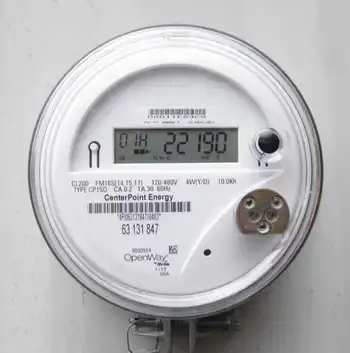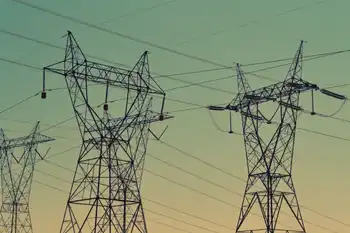Clock ticking on coal-fired plant
TWIN FALLS, IDAHO - Magic Valley residents are approaching a fork in the road.
If Idahoans don't want San Diego-based Sempra Generation to build its 600-megawatt coal-fired power plant near Jerome, they better speak up - and speak up soon, a former power plant operator told about 20 people gathered at the Twin Falls County Farm Bureau recently.
"Coal plants are a long-term, multi-generational commitment," said Joe Ruschetti, a Twin Falls resident who operated power plants for over 10 years before getting into health care and business.
If Magic Valley residents aren't ready to make that commitment, Ruschetti said, they can voice concerns to the Idaho Department of Environmental Quality. The agency has proposed a change in state law that would allow it to participate in a federal cap and trade program for mercury emissions from coal-fired power plants - like the one proposed by Sempra.
Idaho's current law doesn't allow for mercury emissions, thus a coal-fired power plant couldn't locate in the state, Ruschetti said. DEQ will accept public comment on the rule change through Oct. 26 and will hold a meeting on it in November, he said.
Sempra officials did not attend the meeting.
The Farm Bureau did contact the company about presenting, a spokeswoman for Sempra told The Times-News. However, Sempra officials elected not to go because they could not be guaranteed an hour to give their presentation, said Patty Nance.
"We wanted to be able to explain the project completely," she said. "In all fairness to the people who have questions, we need the time to be able to answer them."
Nance said that Sempra officials would still be happy to attend another meeting.
"I'm not opposed to coal-fired power plants," Ruschetti said. "What I am opposed to is this plant that Sempra's planning to build in Jerome County."
Ruschetti opposes Sempra's plant for several reasons. First, the facility will use Idaho's resources to provide power to other states, Ruschetti said. Sempra officials have said that Idaho Power will have the option to buy their electricity, but no deal between the two has been made public.
Ruschetti believes that Sempra has chosen a poorly suited site because of the drought situation and because Idaho lacks state oversight which would make siting the plant more than just a local decision.
An interim legislative committee recently turned down a power plant siting bill introduced by Sen. Clint Stennett, D-Ketchum. But, at least one in attendance still has hope for a siting legislation.
Bill Block thinks that the state will have an awakening when it comes to power plant siting. His wife, Rep. Sharon Block, R-Twin Falls, has grave concerns about Sempra's project, he said.
"Last I heard, Jerome County is not going to put up a curtain at their border," Block said.
Block, like Ruschetti, encouraged residents to contact their legislators and commissioners about their concerns.
"I think this project could affect our culture, our politics," Block said.
Related News

Texas Utilities back out of deal to create smart home electricity networks
HOUSTON - Utilities made a promise several years ago when they built Smart Meter Texas that they’d come up with a way for consumers to monitor their electricity use in real time. But now they’re backing out of the deal with the approval of state regulators, leaving in the lurch retail power companies that are building their business model on the promise of real time pricing and denying consumers another option for managing their electricity costs.
Texas utilities collected higher rates to finance the building of a statewide smart meter network that would allow customers to track their electricity use and…




